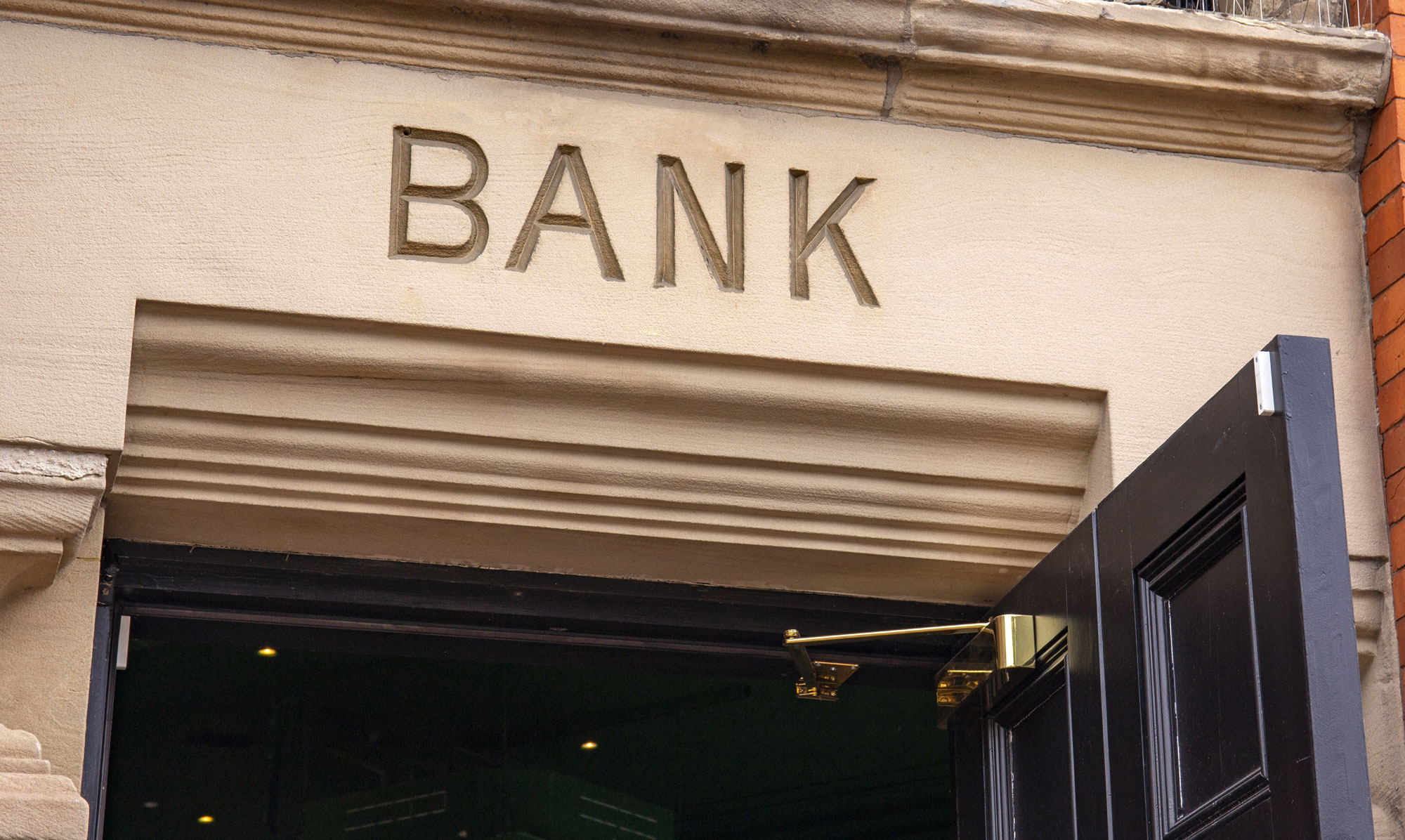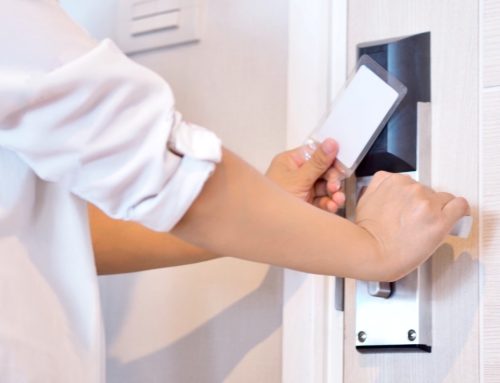You probably shouldn’t rob a bank if you don’t know how to use the bank’s doors.
A few years ago, a man robbed a bank in Omaha at gun point…and almost didn’t make it out of the bank. The alleged robbers are seen on video released by Omaha Crime Stoppers entering the bank, but one of the robbers is flustered by the door, which is operated correctly by “pulling” it open.
The alleged robber has so much trouble with the door that he spends 9 seconds trying to open it with no success. Eventually, the second suspect returns and opens the door for him. The two suspects eventually opened the door and got away.
According to FBI crime statistics, almost 4,000 banks and financial institutions were robbed in 2017. The most popular day to rob a bank was on Friday, between 3-6 pm.
Security technology for banks is transitioning to reduce the amount of bank thefts and related crimes. Back in the day, retail banking used still cameras, and film had to be sent elsewhere for developing while FBI agents, local law enforcement and bank security waited.
Nowadays, banks are using IP video cameras, alarm systems, bait money, guards, electronic tracking devices and more, as the FBI stats show.
Another key technology used to secure banks or financial institutions is door interlock systems that allow only a single door to an area to be accessed at a time. This system can guarantee a very high security level because a second door opens only when the first door has already closed and the person in transit has permission to pass through. Security guards can view who is entering the bank and manage pedestrian traffic.
Integrating door interlock systems with other monitoring devices can increase the security level. For example, a door interlock solution can automatically lock doors if a concealed firearm is detected. Here, an interlock door system provides unrestricted access to an interior vestibule, where customers then pass through a metal detector before entering the inner lobby. Access is only allowed if no metal is detected. Should an individual be deemed suspicious, an alert sounds, and the individual is denied entry into the lobby.
Some door interlocking systems also include intercom communications between the person(s) inside the “mantrap” and a security guard or operator. Advanced systems can also deploy biometric devices that read faces, eyes and/or fingerprints for accurate identity verification, which results in a higher level of sophistication and security.
Hard-wired interlock door systems are also simple and easy to use, and there are a variety of choices to meet various levels of security – all without having to employ the services of the IT department or a programmer. Installation is fast, and the systems allow for customization such as timing functions to meet user’s specific needs.
Banks and other financial institutions require a higher level of security than most commercial sites, given the value of their assets. Interlocked door systems, with the high level of security that they provide, make them ideal for banking and financial applications.





